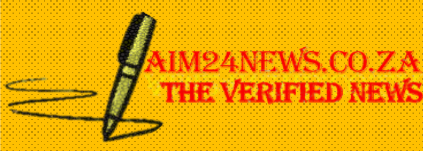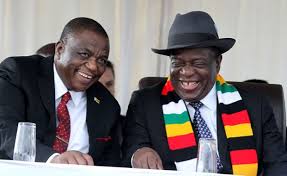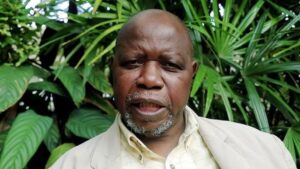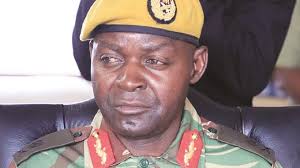“31 March Uprising in Zimbabwe: A Turning Point in the Fight for Democracy?”
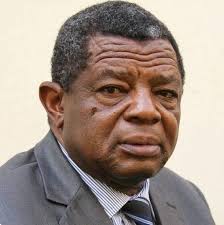
blessed geza
Harare, Zimbabwe – The 31 March uprising in Zimbabwe has reignited discussions about the country’s political future, as citizens took to the streets in a bold demonstration against economic hardship and government repression. The protests, which were met with a heavy-handed response from security forces, have drawn both local and international attention, raising questions about the stability of President Emmerson Mnangagwa’s administration.
What Sparked the Uprising?:
The 31 March demonstrations were fueled by a deepening economic crisis characterized by hyperinflation, unemployment, vision 2030 and a severe shortage of basic commodities. The Zimbabwean Zig continues to plummet, eroding purchasing power, while fuel and food prices soar. Frustration over government corruption and the alleged mismanagement of resources added to public anger, leading to calls for accountability and reform.
Social media played a crucial role in mobilizing protesters, with hashtags such as #ZimbabweUprising and #March31 trending ahead of the planned demonstrations. Opposition groups, civil society organizations, and ordinary citizens united in their demand for political change, drawing parallels to the 2019 protests that were brutally suppressed.
Government Crackdown and Human Rights Concerns
Authorities responded to the uprising with a familiar tactic: a violent crackdown. Reports from human rights groups indicate that security forces used live ammunition, tear gas, and arbitrary arrests to disperse crowds. People were injured, and several activists and jounalists were detained, including prominent opposition figures.
Amnesty International and the Zimbabwe Human Rights NGO Forum have condemned the excessive use of force, calling for an independent investigation into alleged abuses. The government, however, has defended its actions, labeling the protests as “illegal” and accusing foreign powers of inciting unrest.
Political Implications
The 31 March uprising underscores the growing discontent with Mnangagwa’s government, which came to power in 2017 after the ouster of long-time ruler Robert Mugabe, promising reform and economic recovery. Instead, Zimbabweans face worsening conditions, with little faith in the ruling ZANU-PF party’s ability to deliver change.
Opposition leader Nelson Chamisa of the Citizens Coalition for Change (CCC) has seized the moment, calling for a national dialogue and urging the African Union (AU) and Southern African Development Community (SADC) to intervene. However, with the 2023 elections still fresh in memory—and widely disputed—many Zimbabweans remain skeptical of a peaceful transition.
International Response
The international community has expressed concern over the deteriorating situation. The United States and European Union have called for restraint, while regional bodies like SADC face pressure to take a stronger stance. China, a key ally of Zimbabwe, has remained silent, maintaining its policy of non-interference.
What Next for Zimbabwe?
The 31 March uprising may not have immediately toppled the government, but it has exposed deep fractures in Zimbabwe’s political landscape. With the economy in freefall and public patience wearing thin, the Mnangagwa administration faces a critical choice: embrace meaningful reforms or risk further unrest.
For now, Zimbabweans continue to demand justice, accountability, and a future free from repression. Whether this uprising marks the beginning of a broader movement or another suppressed dissent remains to be seen.
